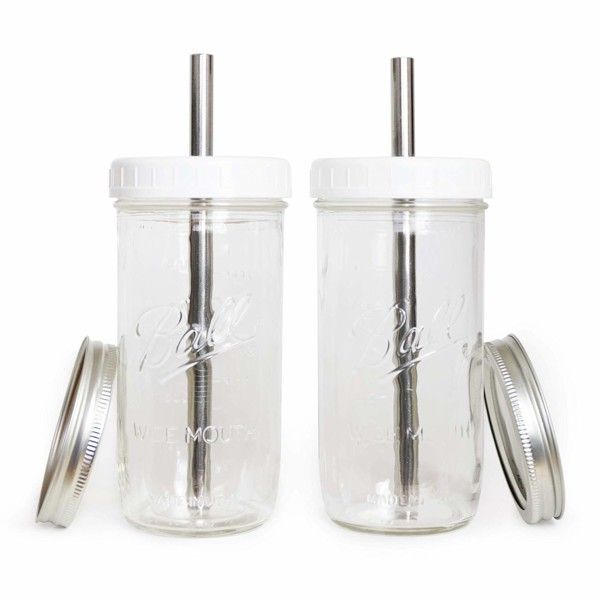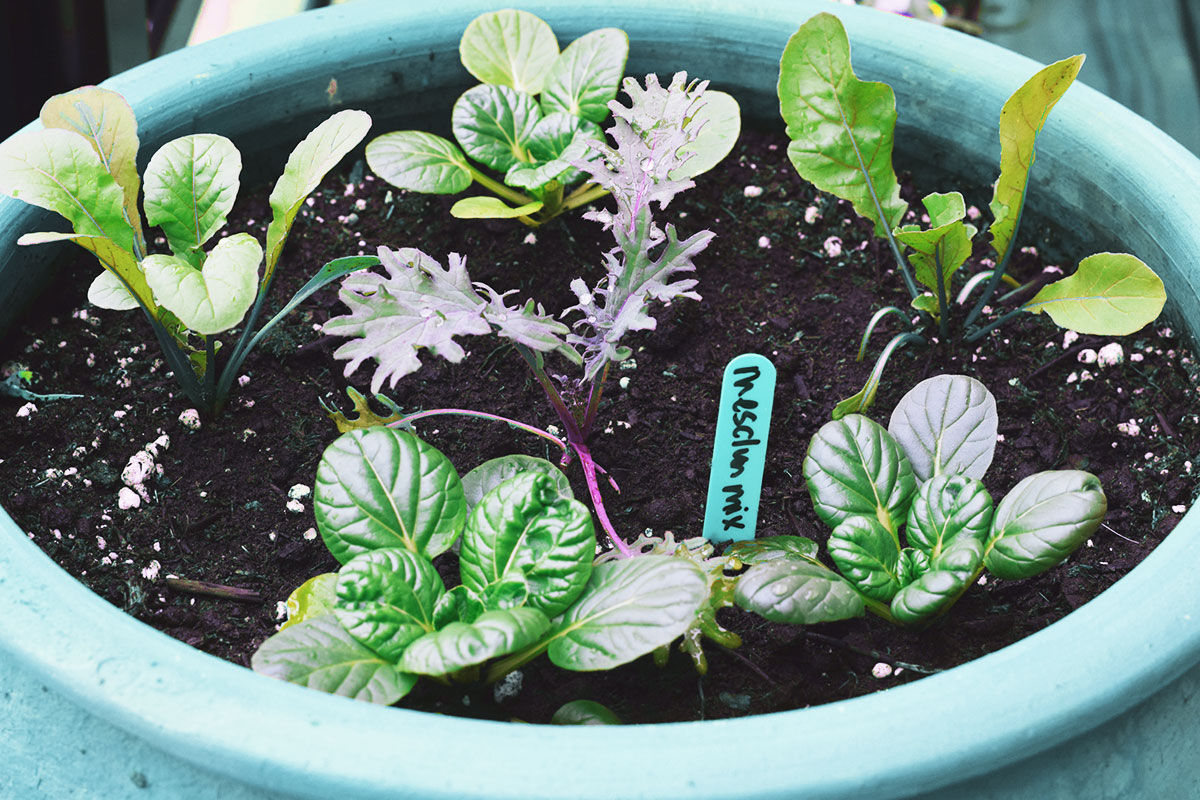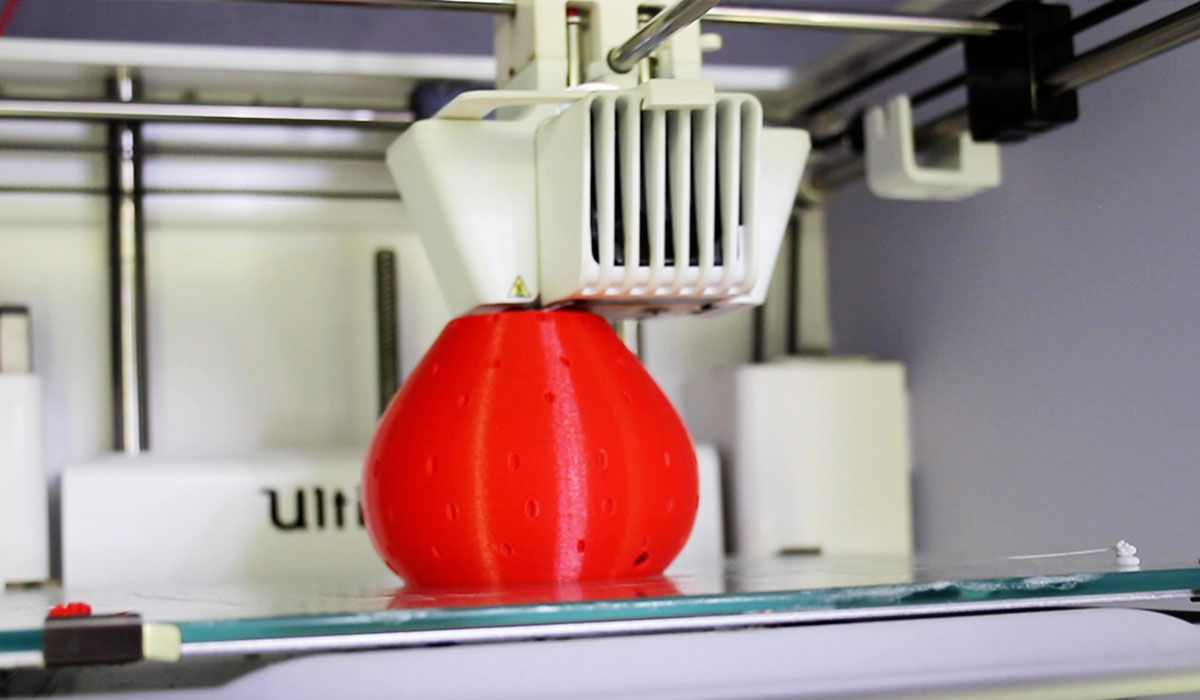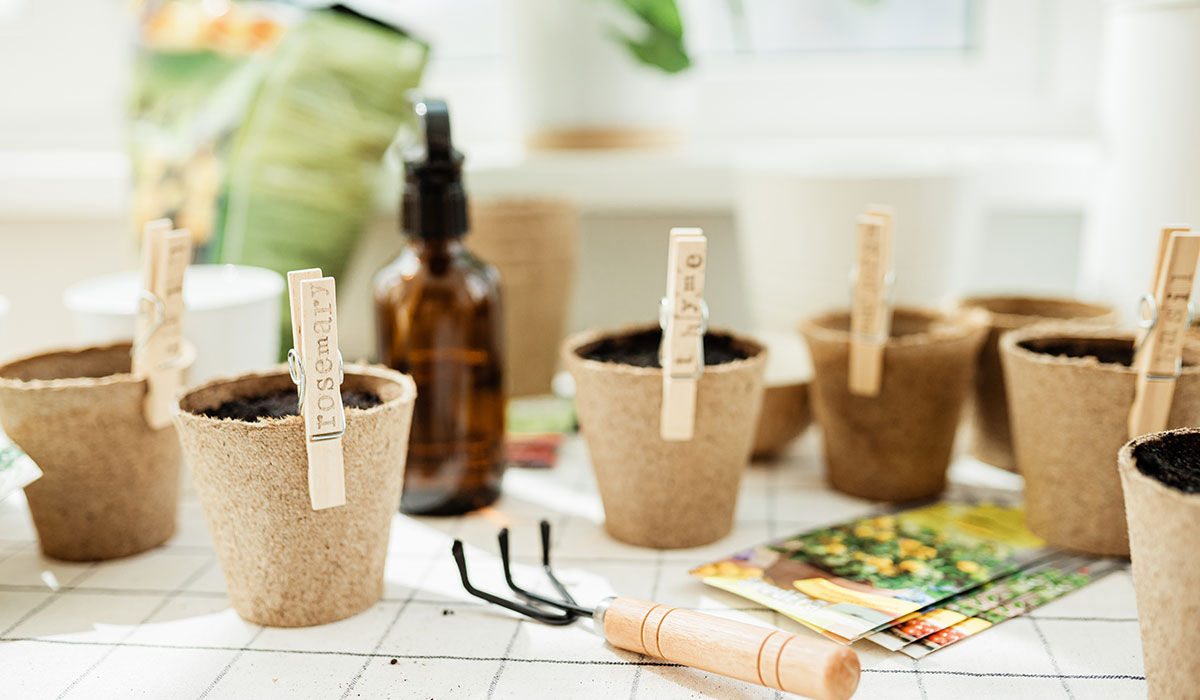Most of us want to be more eco-friendly in our lives because we will be passing this world on to our children and our grandchildren. Looking at the big picture and how many people there are on this planet, it might seem like our efforts are miniscule in comparison to what happens every day all over the world. However, every little action counts.
Here are 5 ways to be more eco-friendly that you can start today!
1. Compost
What is compost and how does it help the environment? Composting is a method of breaking down vegetable, fruit, and plant scraps to form nutrient-rich matter that can be used in the garden or on your lawn. It helps the environment by reducing the amount of material going to the landfill, and it’s an easy way to fertilize your plants without using harmful chemicals.
How do you get started? If you have your own land, you can build compost bins where you can put all your plant scraps. If you rent a house, you can get or build your own composting tumbler. If you live in an apartment or condo, you can try a worm composter! If your composting area is outside, you may want to invest in an indoor compost bin to gather your scraps before taking them to your outside composter.
What can you compost? The general rule of thumb is you can compost nearly all fruit and veg scraps, however there’s some contention on whether you can or should compost orange peels. You can also compost leaves, yard waste, coffee grounds, coffee filters (!), and egg shells. If you drink a lot of tea, you can also compost tea leaves and tea bags with any staples removed.
How does composting work? There are 2 main composting methods.
- Heat composting breaks down the materials through microbial activity. Basically, you add your materials into your composter, add some water, and make sure to turn your materials every now and then to mix and aerate. The breakdown generates heat, which helps to break down the rest of the materials.
- Worm composting, or vermicomposting, requires worms to digest fruit and veggie scraps and excrete the compost. Because worms are doing the work and not microorganisms, it’s more important to use only raw fruit and vegetable scraps (but no orange peels!). Red wigglers are the most common worms used for vermicomposting.
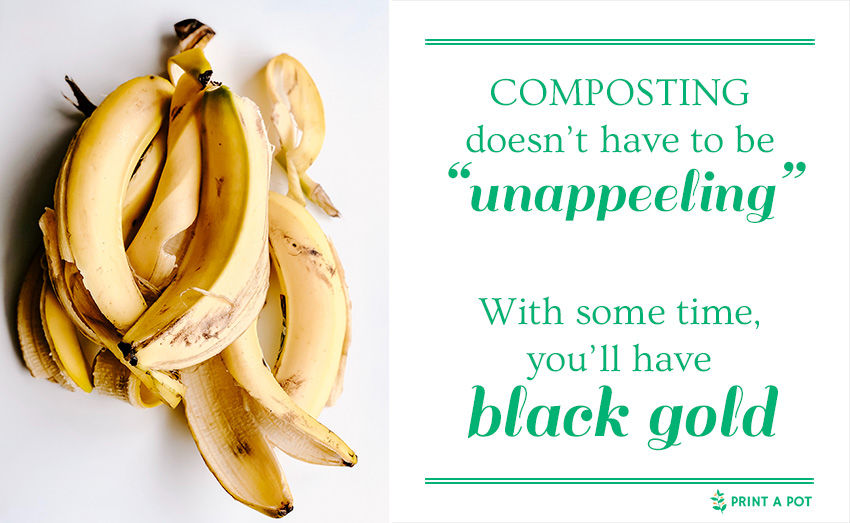
What can you do with compost? Once your compost is ready, it will be dark brown/black and look very much like soil! You can sprinkle this on your lawn, mix into the top inch or two of your garden, or make compost tea for your houseplants. Compost tea is really what it sounds like: water steeped in compost! You can use compost tea to water your plants for an extra boost of nutrients.
2. Reduce Your Consumption
Reduce your consumption…Am I telling you to buy less stuff? No, not at all!
It’s all about being smarter about what you buy. Do you really need your paper towels wrapped individually in plastic, and then have 8 of those bundled into a mega-pack, which is also plastic? You really don’t need all that plastic!
Sometimes it’s all about the packaging and how useless most of it is. If you have a zero-waste grocery store near you, try them out!
Along those same lines…do you really need those premade 100-calorie packs? It is probably cheaper and practical to buy the large bag and get reusable containers to make your own 100-calorie packs. Much better than throwing away more plastic!
3. Permaculture and Native Plants
Perma-what? Permaculture is “permanent culture”, or a self-sufficient and sustainable system similar to a natural ecosystem. You can search YouTube for “food forest” or “permaculture” for ideas on how to implement this for your own home. If you already use a rain barrel or compost, you’re already a step closer to your own permaculture!
What about native plants? What’s the big deal about native plants? Shouldn’t any plant be good enough? So here’s the deal. Native plants were made to survive in the conditions of your area without any help. You know that grass on your lawn? Probably not native, and probably takes a lot of water to stay green. When California had its drought, residents were urged to convert their grass-covered lawns to drought-tolerant landscaping through a landscape rebate program.
Imagine this: you love a particular bush and want it in your landscaping. However, the heat and summer sun SCORCHES this bush after every summer. It’s not a native plant by any means, but you love how it looks and replace it every fall. The money involved to do that, as well as the energy, resources, and gas used to grow, mature, and transport this bush to you is significant. Save the hassle and invest in native plants!
4. Reusable or Compostable Straws
Everyone has an opinion on this issue with straws. Yes, we know paper straws are the worst. And metal straws aren’t the most comfortable thing to place in your mouth. They now make metal straws with silicone tips and plant-based compostable straws.
If you like bubble tea or smoothies and don’t mind the metal straw, I highly recommend this set of reusable boba cups and straws. It comes with 2 types of lids: a metal one for storing your drink and another with a hole for your straw. Very easy to clean too!
5. Meatless Meals
I love meat just as much as Ron Swanson, but it takes a lot of resources to grow a single cow. And if you do a meatless meal right, it can actually be healthier for you! It’s been reported that Americans as a whole do not eat enough vegetables, so subbing meat for a protein-rich alternative like beans, lentils, and a variety of vegetables can make a difference for the environment and your body!
If you want to eat less red meat but looove burgers as much as I do, there are a number of burger alternatives on the market, such as the Beyond Burger and the Impossible Burger. These feel and taste like burgers, but are made with vegetables. If you’re an Aldi shopper, Aldi also has a number of plant-based burgers that aren’t bad. You can also make your own!
Other meatless meals that I personally like to cook are a pasta with sauteed eggplant, vegetarian chili, and black bean quesadillas. The more raw vegetables and ingredients you can use, the better!

What else do you do to be eco-friendly?
There are many things you can do to be eco-friendly and obviously this is just an introduction! Some of these things are easier to do than others and some take a lot of commitment. Other things that you can do to be more environment-friendly can be as simple as changing your search engine from Google to Ecosia, which plants trees with the profits from your searches.
The opportunities are out there to live a green lifestyle. What do you do to achieve that? Why do you want to be more eco-friendly?

